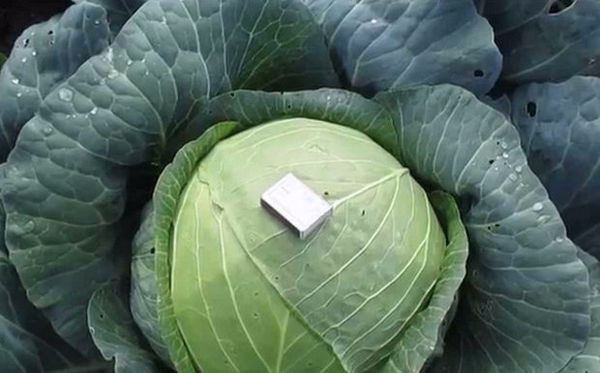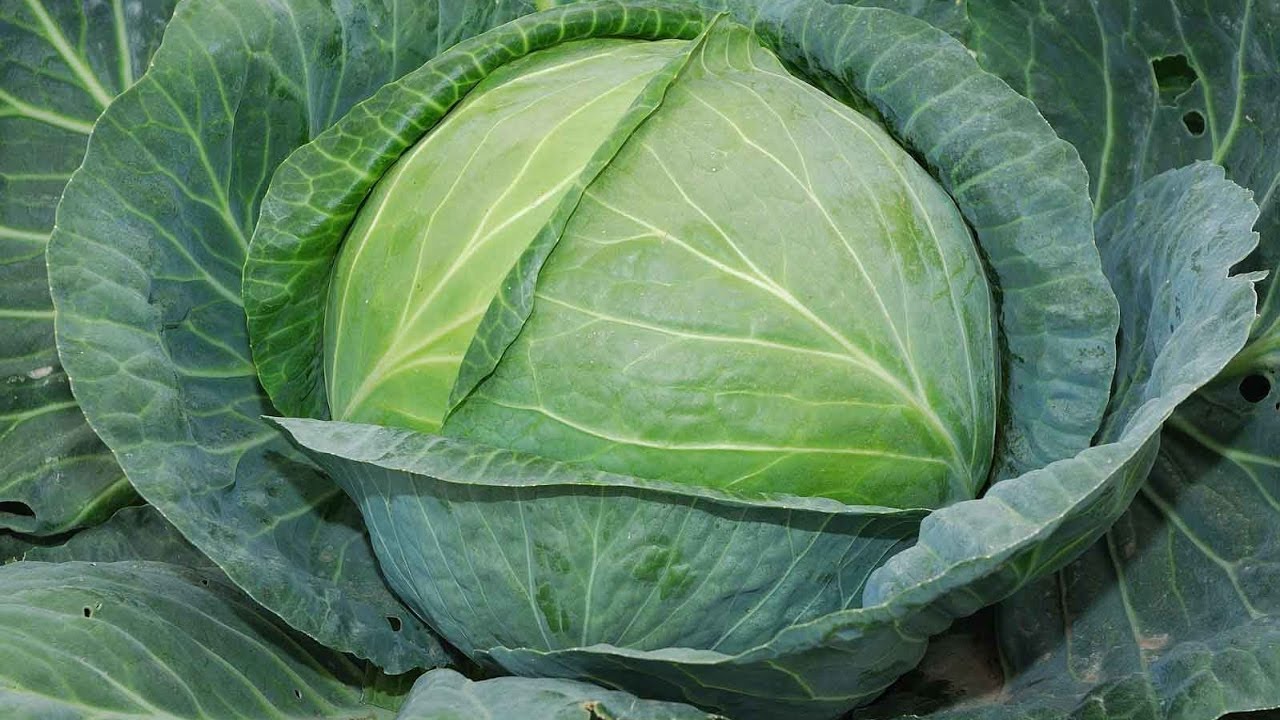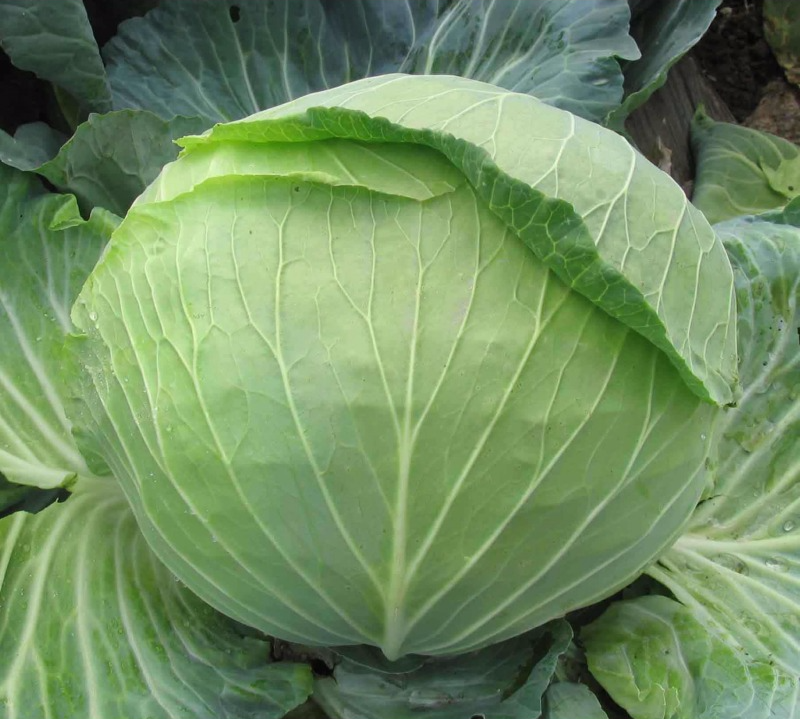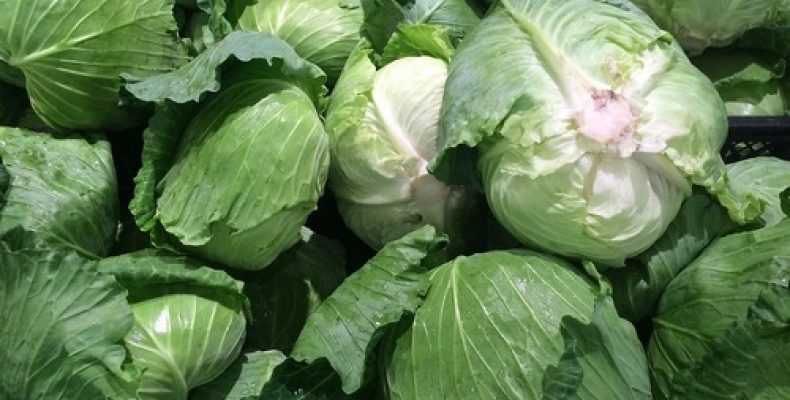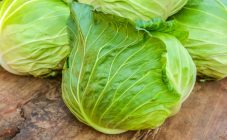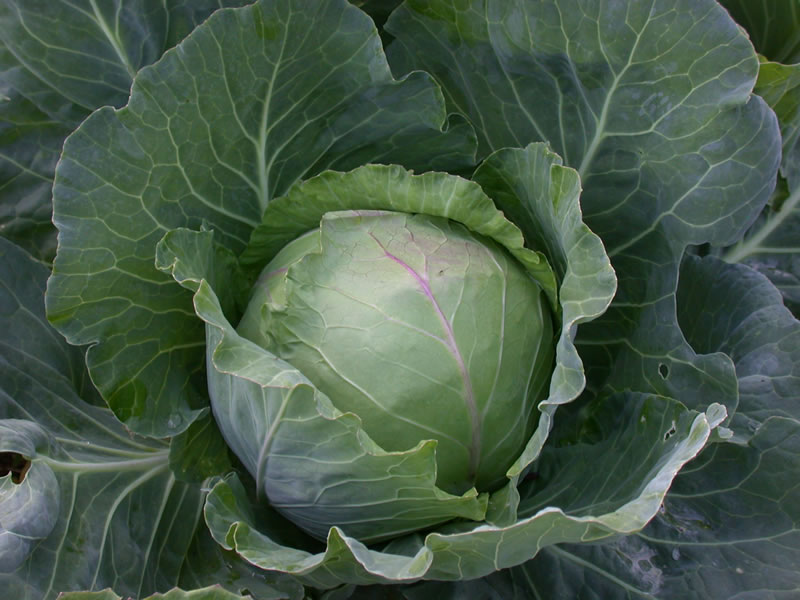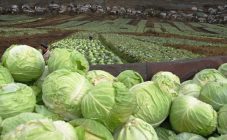Content:
White cabbage varieties are most often grown by vegetable growers in their gardens. Since time immemorial, this vegetable has been included in the diet of people, dishes with cabbage are especially popular in Russia: cabbage soup, borscht, stewed cabbage.
Breeders have bred many new varieties and hybrids of this vegetable crop, which have better characteristics, resistance to cold snaps and many diseases. One of the hybrids with good performance is the Megaton cabbage, which is a late-ripening type of vegetable.
The history of the creation of the variety
This variety was created and described by breeders from the Dutch breeding and seed company Bejo Zaden. This company-manufacturer of seed material is well-known for its products, seeds of any crop are distinguished by high germination capacity, careful preliminary processing of seed material guarantees resistance to diseases. Cabbage Megaton combined the following positive qualities:
- the forks are dense and large;
- high resistance to diseases and attacks of "harmful" bugs;
- plants are stress-resistant, able not to slow down development when weather conditions worsen;
- medium late forks ripening;
- good keeping quality of the harvested crop.
In our country, Megaton cabbage was entered in the State Register at the end of the last century, zoned for cultivation in the Volga region, southern regions, and a number of regions of the Black Earth region. But it is not recommended to grow it in Mordovia, Tatarstan, as well as in the Penza, Samara, Ulyanovsk regions.
Description of Megaton cabbage
The variety of varieties and hybrids of this vegetable crop often baffles even experienced summer residents - which of them to choose for planting, what qualities to pay attention to when reading the annotation on a bag of seeds.
But if the goal is to grow a high yield of white cabbage in the beds, which will have a high keeping quality, while practically not being affected by various types of pathogenic microorganisms, you should pay attention to the Megaton hybrid. Summer residents in different regions of Russia gave this variety the following names:
- Kilaton cabbage;
- Kilotonne cabbage;
- cabbage Megaphone.
From the moment the sprouts appear until the ripe heads are harvested, it takes from 3.5 to 4.5 months, so this hybrid is late.
Rosettes of leaves are large, horizontal or slightly raised upward. Foliage - large, rounded with wavy edges slightly concave inward. The color of the foliage is pale green, covered with a waxy bloom. The leaves covering the heads of cabbage are slightly wrinkled.
The characteristic shape of the heads is round, dense, ripe forks weigh from 4 to 6 kg. Many summer residents note in reviews that the density of the heads of this hybrid is so good that they can be compared to stones.
The inner stalk is medium in size, about 13-14 cm long. With proper care, forks can reach a weight of 12-13 kg. The inner leaves of the heads are snow-white.
The characteristics of Kilotonn cabbage will be incomplete without a story about its beneficial qualities: in 100 g of the product, vitamin C accounts for slightly less than half, the amount of proteins - up to 2.7-2.9%, sugars - about 4.8%, dry substances - up to 8 ,five%.
The assembled forks tolerate transportation well; after being placed in storage, they can be stored for more than 3.5 months without losing their taste and nutritional properties.
Agrotechnics for growing cabbage Megaton
It is useless to collect the seeds of this hybrid variety because they will not have the same characteristics. Therefore, for planting, you have to purchase seed again.
Before planting, the seed is kept for 1/3 hour in hot water to speed up the germination process. Then they need to be placed briefly in cold water. After drying, they need to be held for 11-12 hours in a nitrophoska solution. A couple of days before planting, the seeds are placed in the refrigerator on the lower shelf for two days.
In Siberia and regions with a similar climate, it is better to first grow seedlings of this hybrid, and only then transplant them into open ground.
You can plant seeds in open ground in the first decade of May. The soil on the prepared beds should be loose and fertile. It is necessary to deepen the seed material no more than 2.5 cm.After planting, the beds are watered, and the soil is mulched from above to protect the crops from spring cold snap or too rapid evaporation of moisture. After the appearance of 2-3 true leaves, the plants are thinned out, leaving the strongest and healthiest shoots. The layout of the grown bushes is 0.6 * 0.8 m.
But more often Megaton cabbage is grown in seedlings. It is better to sow seeds in large containers with a nutritious substrate. The seeding depth is up to 1.5-2.0 cm. Furrows are made in containers, in which the seeds are placed at a distance of 4-5 cm from each other. For seedlings, this cabbage should be sown in the last decade of March.
After the emergence of sprouts, watering should be carried out regularly, the soil in the boxes should not dry out. 8-10 days before transplanting strong seedlings into open ground, the intensity of watering should be reduced.
If small plants are not too thick, it is not necessary to pick the seedlings so as not to injure them once again.
Cabbage seedlings can easily tolerate high or too low air humidity, but lack of lighting can lead to seedlings stretching.
Caring for transplanted seedlings in open ground is quite simple. It is important to observe the irrigation regime and periodically apply top dressing.
The cabbage beds should be watered regularly, not allowing the topsoil to dry out. After watering, the aisles should be loosened, while removing all weeds.
When cabbage has at least 7 permanent leaves, it should be spud. From this point on, the vegetable plant requires a lot of moisture. Watering should be stopped 12-14 days before harvesting.
You need to feed cabbage no more than three times per season:
- 12-14 days after transplanting the seedlings to a permanent place, a top dressing containing potassium salts and nitrate is introduced into the soil. This fertilization activates the growth of the root system. 1 tsp is enough for 1 m2. such fertilizer;
- when the forks begin to ripen, fertilizing containing nitrogen is applied under the plants;
- 20 days after the second feeding, the cabbage is fed again by introducing a complex fertilizer containing nitrogen and phosphorus into the soil.
Advantages and disadvantages of the variety
Late cabbage Megaton is distinguished by the following positive qualities:
- good taste of ripe heads of cabbage: juicy, crispy foliage. Usually this variety is used for fermentation;
- the yield is good - at least 20 kg per 1 m;
- white cabbage Megaton is highly resistant to the following diseases: fusarium wilt, keel and gray rot. A number of pests also do not affect this vegetable crop;
- forks perfectly carry long-distance transportation, do not crack and do not lose taste;
- the harvested crop can be stored in proper conditions for more than 3 months.
But this varietal vegetable also has a number of disadvantages that you need to know about before starting to grow a hybrid:
- head foliage can be tough in the first week after cutting;
- ripe forks contain more sugars than other varieties, so the Megaton variety is not used in salads or for making stuffed cabbage;
- some summer residents believe that for the late variety, Megaton does not have a very long shelf life after harvest.
But the disadvantages of the Megaton hybrid are not too significant, and there are many advantages, so you should try to grow such a white-headed variety in your garden for your own needs (or for sale).
